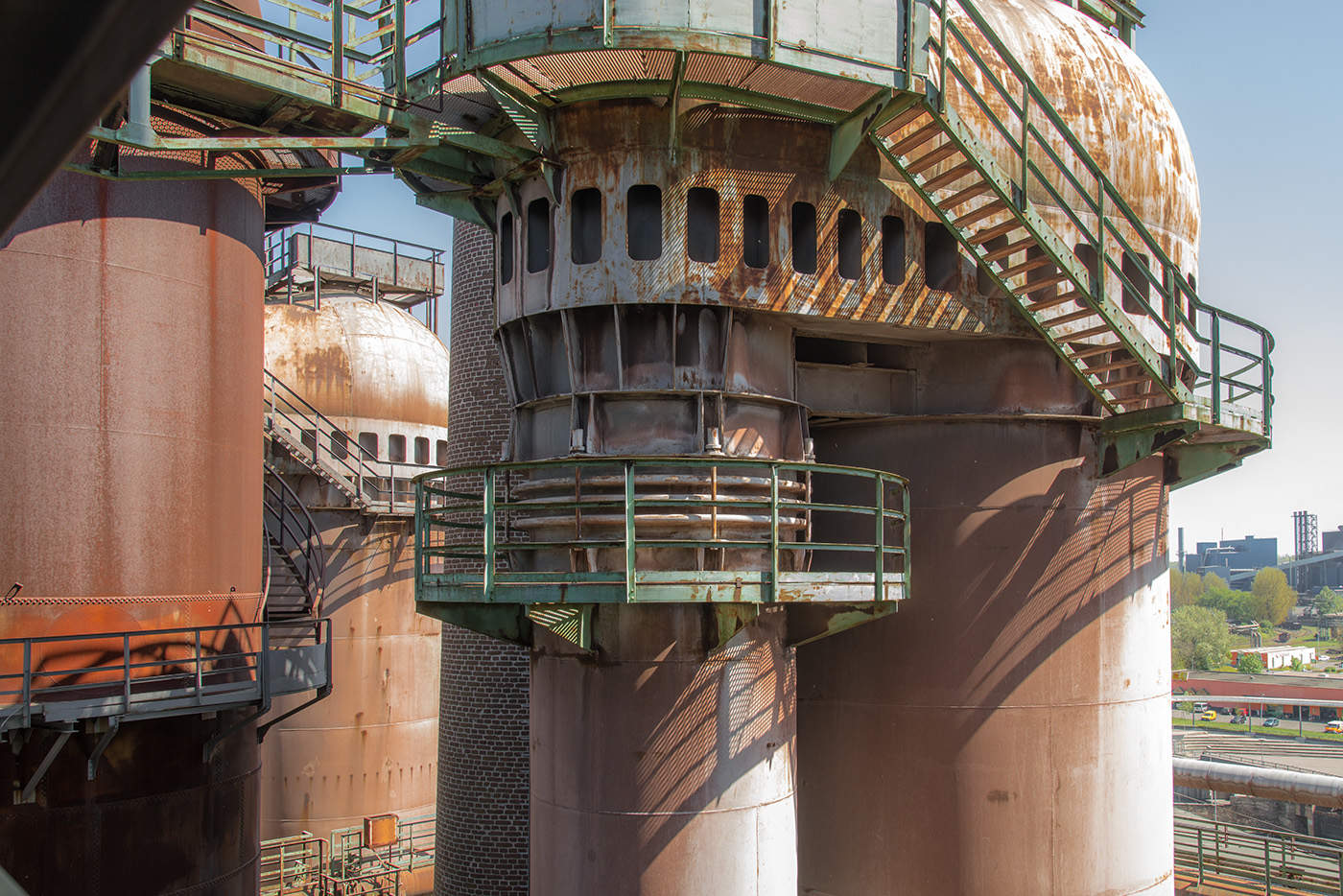Tag / industry
-
Empty space, Völklingen
(ISO 100, f11 @ 25mm, 1/10sec., 20:20) This is right next to the exhibition grounds, taken from a bridge over the railway and not a part of the heritage site. While I was composing this image an old man passed by behind me on the pedestrian strip of the bridge, followed by two kids on their bikes and a young couple very much in love with each other. All these…
-
Parking lot, Völklingen Ironworks
(ISO 100, f11 @ 25mm, 1/30sec., 19:46) This was one of the first images I took after I arrived in Völklingen and the making was a bit bizarre: While I positioned my tripod some guys in their 20’ies surrounded me with their cars. They circled around me with their engines roaring. I completely ignored them and tried to compose the frame. After a while they stopped it and parked a…
-
Blast furnace, Völklingen Ironworks
(ISO 100, f8 @ 27mm, 1/40sec., 14:13) The Völklingen ironworks, which closed on July 4th, 1986, was the first location from the heyday of heavy industrialization to become a UNESCO world cultural heritage site in 1994. They are now the most significant surviving ironworks from the 19th and 20th centuries in the world. Significant both as a record of industrial progress and decline and as recognition of the ingenuity and…
-
Spillway, Bleilochtalsperre, Thuringia
(ISO 100, f8 @ 24mm, 1/25sec., 19:11) The name Bleilochtalsperre literally means “lead hole reservoir” and is derived from the former lead mines in this valley. Geologically the surrounding area is mainly made of volcanic rock, dolerite and slate rock which gives the ground an unusual dark character.
-
Bleilochtalsperre, Thuringia
(ISO 100, f8 @ 24mm, 1/10sec., 19:15) Build by thousands of workers between the years of 1926 and 1932 this is the biggest reservoir in Germany by volume. The dam is 65m high and 205m wide and holds 215 million cubic meters of water of the river Saale. The electricity from the power station is used for load balancing in the region of Thuringia.




